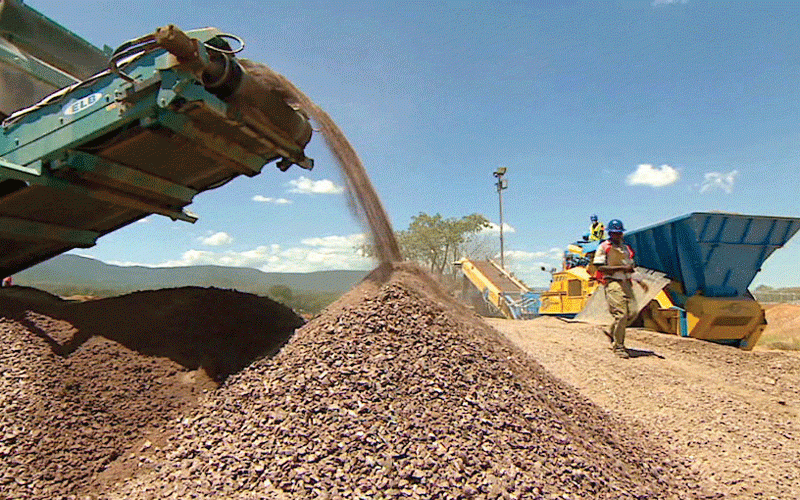
THIS article is a continuation from last week, as we seek to promote, build safe and healthy working environments.
This is very important as most people spend most of their active adult life working either as employees or self-employers.
This week let’s focus on small-scale and artisanal mining.
Zimbabwe’s primary wealth comes from our minerals. Some people, therefore, spend their time seeking those precious pearls.
As workers in mining generally and artisanal small-scale mining in particular, there are many hazards.
These include physical hazards, chemical, ergonomic, biological and psychosocial hazards.
All these call for preventative measures.
Accidents and injuries
- Recognising the value of unpaid care and domestic work
- Safety and health in Zim’s artisanal small scale mining
- NSSA: Reporting work injuries
- ILO celebrates milestone in Financial Education for Women and Youth in Zimbabwe
Keep Reading
Having primarily grown up in mining environments (Whankie and Kamativi) and later on training to become a safety and health practitioner by National Social Security Authority, I have an understanding of some of those hazards.
Accidents and injuries common in the mining sector include mine collapses and underground trappings.
Other factors contributing to injuries include long working hours, inadequate safety training, lack of proper equipment, insecure working conditions, poor ventilation and dust control.
Health risks
The above and more have health risks.
For example, digging causes dust that leads to respiratory diseases such as silicosis and tuberculosis.
We have had reports on mercury poisoning especially in small scale mining.
Mining can lead to hearing loss and vibration syndrome because of heavy machinery in use.
Also, after working in the mines for some time, one might suffer musculoskeletal disorders that might affect them the rest of their lives.
Legal framework
Zimbabwe has labour laws and it signed the International Labour Organization Convention 176 on Safety and Health in Mines.
However, these frameworks are often less effective in informal mining environments, which can be controlled by syndicates and gangs.
There is a need to promote healthy mining environments through training, identification and management of hazards, ensuring compliance to regulatory frameworks and implementing effective control measures.
Zimbabwe should ratify C187
As a country, we have not ratified C187, which is a Promotional Framework for Occupational Safety and Health Convention, 2006 (No. 187).
This is one great safety and health convention of the 95th session convened at Geneva by the Governing Body of the International Labour Office in 2006.
It emphasised the importance of “continuous promotion of a national preventative safety and health culture”.
According to C187, the term a “national preventative safety and health culture” refers to a “culture in which the right to a safe and healthy working environment is respected at all levels, where government, employers and workers actively participate in securing a safe and healthy working environment through a system of defined rights, responsibilities and duties, and where the principle of prevention is accorded the highest priority.”
If Zimbabwe was to stop or reduce occupational injuries and deaths, there is need for continuous improvement of safety and health issues.
We would need serious compliance with national laws on safety and health that are built on collective agreements.
Compliance is also strengthened by clear safety systems that are regularly inspected and constantly updated or upgraded according to the occupational needs and researched problems.
Safety and health standards
According to the preamble of the World Health Organisation Constitution, “The enjoyment of the highest attainable standard of health is one of the fundamental rights of every human being. The achievement of any state in the promotion and protection of health is one value to all.”
This also speaks to people working in the mining sector.
The Zimbabwe Mines Federation, the Chamber of Mines of Zimbabwe and alike organisations should work harder to reduce mining related incidents.
Occupational accidents, incidents and deaths
One life lost is precious.
According to the ILO (2023), nearly three million people die annually because of work-related accidents and diseases in general and mining incidents contribute to the statistics.
This calls for workers to be constantly and accurately informed on the hazards at their work.
Also they must be trained on a constant basis, on the best procedures and practices.
In Africa we need monitoring systems on occupational injuries and illnesses so that we reduce accidents, injuries and deaths in the mining sector.
- Jonah Nyoni is an author, speaker, and leadership trainer. He can be contacted on X @jonahnyoni. WhatsApp: +263 772 581 918










